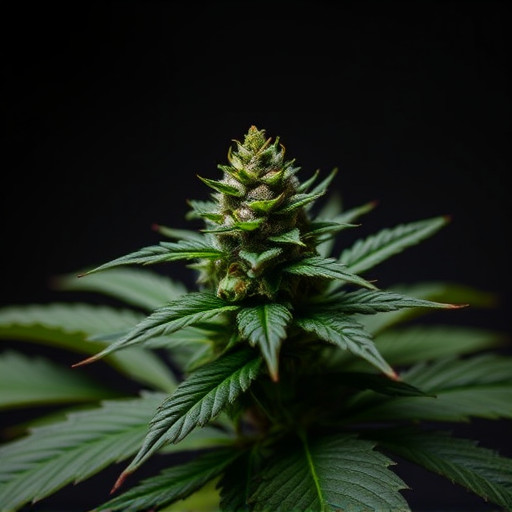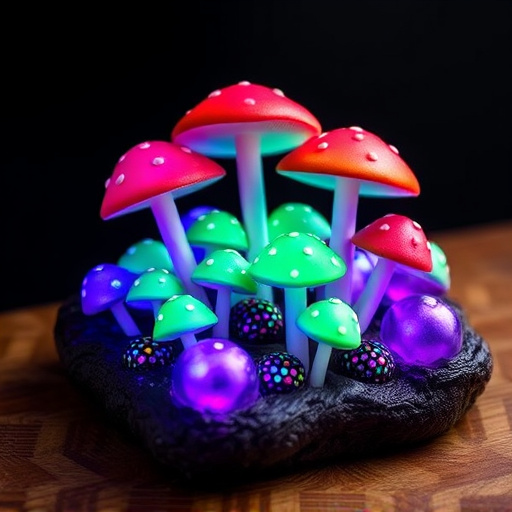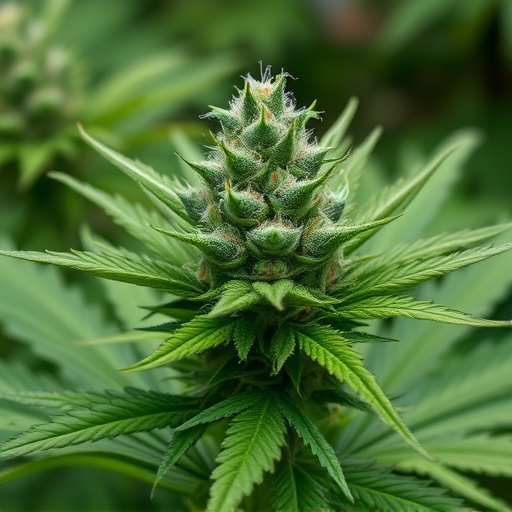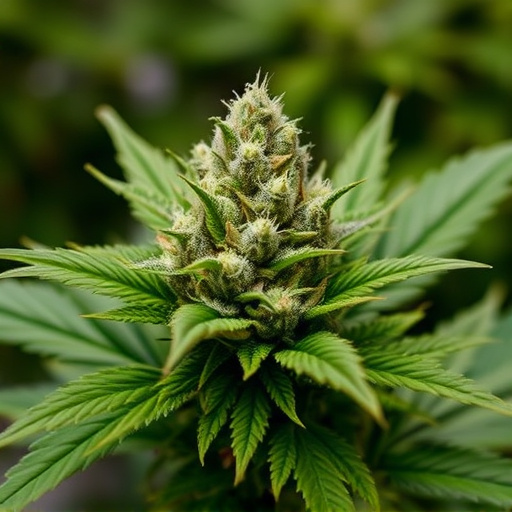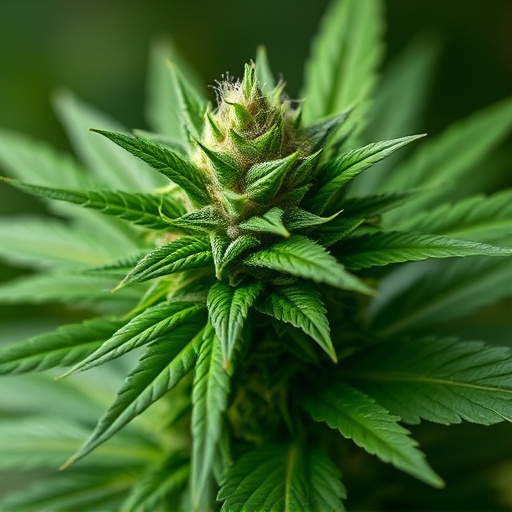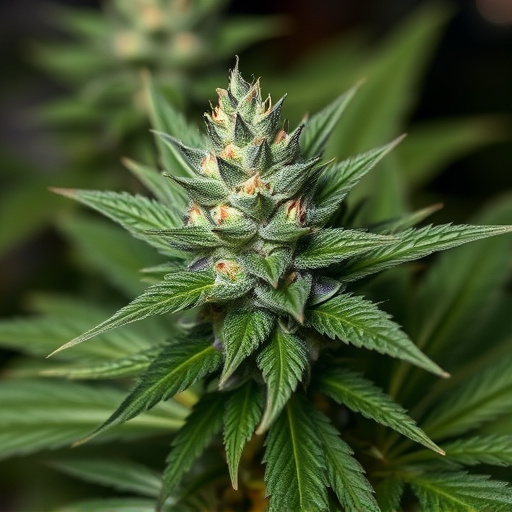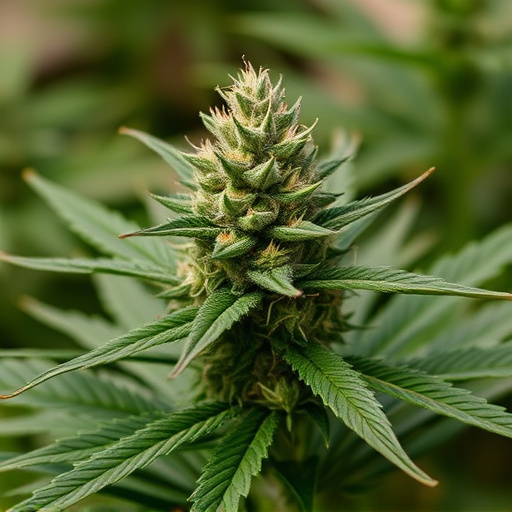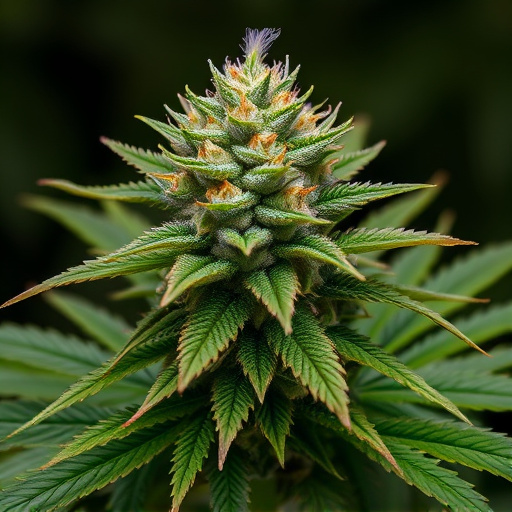The unique genetic makeup and cannabinoid profiles of cannabis plants, including high THC and CBD levels, significantly influence user experiences. Terpenes, aromatic compounds, contribute to flavor and potential therapeutic benefits, like myrcene's calming effects. Growing conditions play a crucial role in determining potency, with factors like light, temperature, humidity, and soil composition affecting terpene and cannabinoid concentrations. Individual biology and tolerance greatly vary cannabis experiences; regular users develop higher tolerances requiring stronger doses. The most potent cannabis strains cater to recreational and medical users seeking enhanced sensory experiences and therapeutic benefits, but they may not offer additional advantages to tolerant individuals compared to lower-potency options.
Uncover the multifaceted world of cannabis effects, where a dance of genetic composition, environmental influences, and individual biology shapes our experiences. Explore how the most potent cannabis strains, rich in diverse cannabinoids and terpenes, offer unique therapeutic potential. Delve into the science behind these factors, from unlocking the secrets of high-potency genetics to understanding how growing conditions and personal tolerance tailor cannabis’s impact.
- Genetic Composition and Cannabinoid Profile: Unlocking the Potential of Most Potent Cannabis Strains
- Environmental Factors: How Terpenes and Growing Conditions Impact Effects
- Individual Biology and Tolerance: Personalizing Cannabis Experiences
Genetic Composition and Cannabinoid Profile: Unlocking the Potential of Most Potent Cannabis Strains

The genetic composition and cannabinoid profile of cannabis plants play a pivotal role in determining the potential effects users may experience. Each strain boasts a unique combination of cannabinoids, such as THC (tetrahydrocannabinol) and CBD (cannabidiol), along with other minor compounds, all of which contribute to its distinctive attributes. These variations in chemistry unlock the secrets behind why some cannabis strains are considered the most potent.
Scientists and cultivators have identified specific genetic markers responsible for elevated cannabinoid levels, allowing them to breed and select plants that maximize these desirable traits. The resulting high-potency strains offer intensified sensory experiences and potential therapeutic benefits, making them sought after by both recreational users and medical patients alike.
Environmental Factors: How Terpenes and Growing Conditions Impact Effects
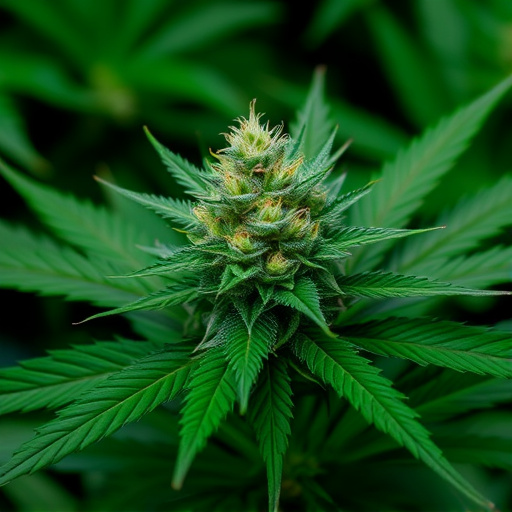
Terpenes, often referred to as the “aromas” of cannabis, play a significant role in shaping its effects on the user. These organic compounds, secreted by cannabis plants, contribute to the unique flavour and scent profiles that make different strains appealing to consumers. Beyond their sensory appeal, terpenes have been linked to potential therapeutic benefits and can modulate the overall experience of cannabis consumption. For instance, myrcene, a common terpene in many strains, is known for its sedative properties, making it potentially useful for relaxation and sleep.
The growing conditions of cannabis plants also significantly impact the final product’s effects. Factors like light exposure, temperature, humidity, and soil composition can influence the concentration of terpenes and cannabinoids, such as THC and CBD, in each strain. Plants grown in optimal environments tend to produce more potent cannabis strains, which may have enhanced therapeutic potential or more pronounced recreational effects. Understanding these environmental factors is crucial for cultivators aiming to create specific experiences with their products, catering to diverse consumer preferences for the most potent cannabis strains.
Individual Biology and Tolerance: Personalizing Cannabis Experiences
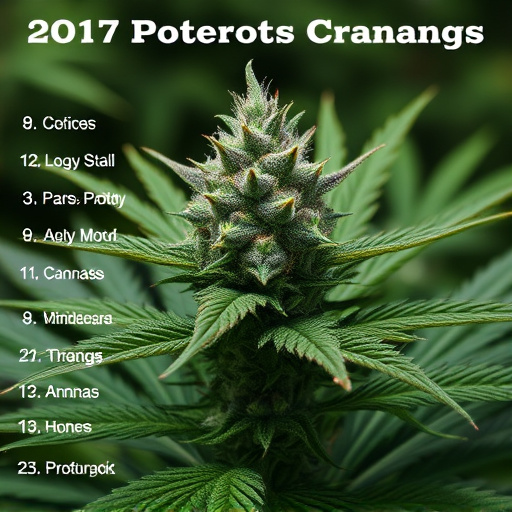
Cannabis experiences vary greatly from person to person, and understanding individual biology and tolerance is key to personalizing these experiences. Every person’s body metabolizes cannabis differently due to genetic factors that influence how quickly and thoroughly THC (the primary psychoactive compound) is broken down and absorbed into the system. This metabolic diversity can significantly impact how strongly one feels the effects of cannabis, from euphoria to relaxation or even potential anxiety and paranoia.
Tolerance also plays a significant role. Regular users often develop higher tolerances to THC, meaning they need stronger doses to achieve the same level of effect as when they first started using. This is particularly relevant when considering the market’s most potent cannabis strains, which may not provide any additional benefits to tolerant individuals beyond what they can already achieve with lower-potency options.
In understanding the multifaceted nature of cannabis, we’ve explored the interplay between genetic composition, environmental factors, and individual biology. Deciphering these elements is key to unlocking the full potential of most potent cannabis strains and personalizing experiences for all users. By considering terpene profiles, growing conditions, and unique physiological tolerances, consumers can navigate the market with enhanced knowledge, ensuring a safe and enjoyable journey through the diverse landscape of cannabis effects.



